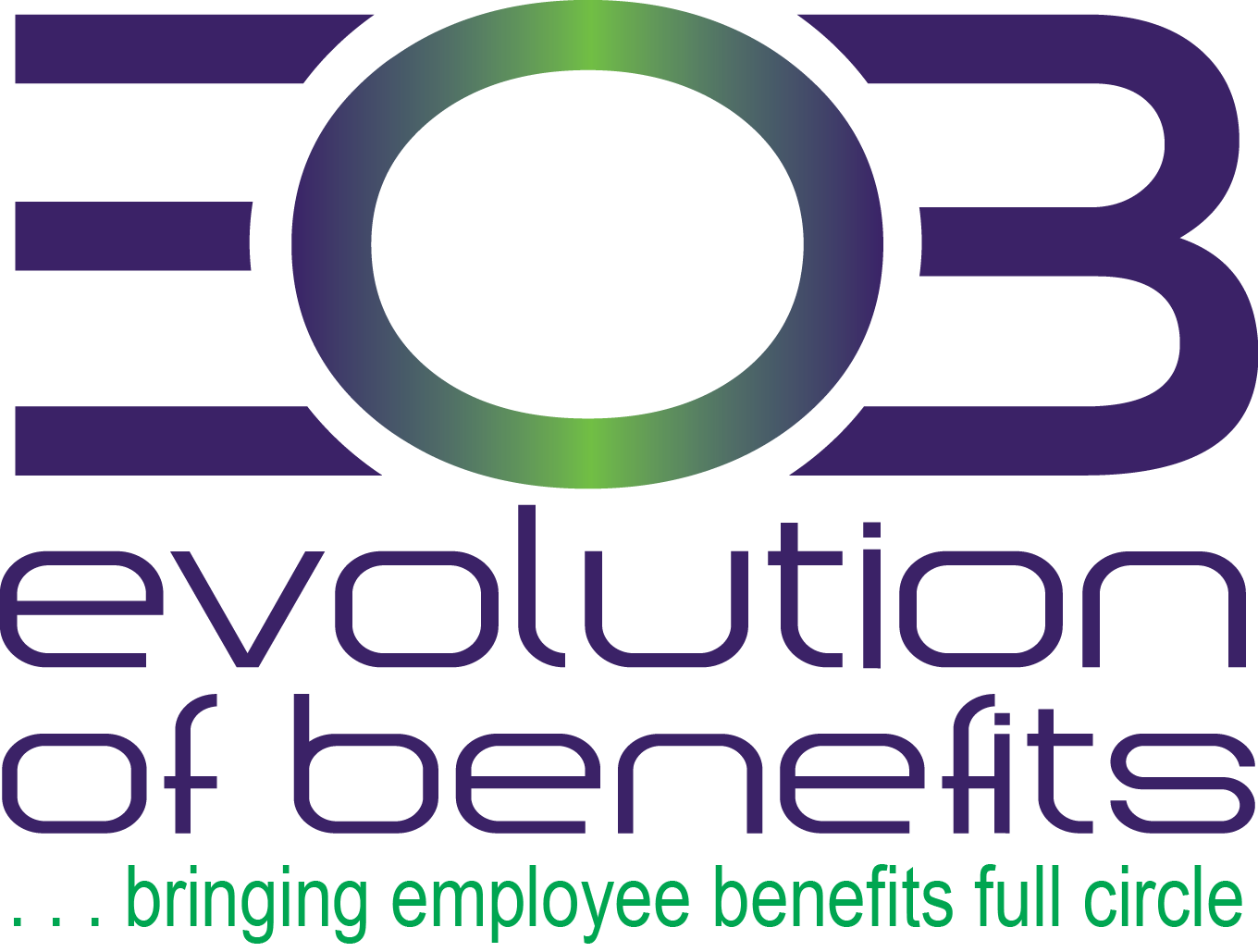HR Brief – USCIS Issues Final Rule to Adjust Certain Immigration and Naturalization Fees (March)

Recently, the U.S. Citizenship and Immigration Services (USCIS) released a final rule to increase immigration and naturalization fees for multiple employment-based petitions and applications, effective April 1, 2024.
Background
The USCIS last adjusted its fees in December 2016. The final rule’s fee increases will allow the USCIS to help offset overall costs.The USCIS plans to hire additional personnel to help manage the sizeable number of cases the agency receives.
HR Brief – 3 HR Trends to Monitor in 2024 (February)

In today’s market, HR professionals must adapt to the changing expectations of organizations and employees amid difficult economic conditions. To aid HR professionals in meeting these challenges, here are three HR trends to follow in 2024.
Artificial Intelligence
In 2023, many employers adopted artificial intelligence (AI) to streamline operations, enhance workflows and improve customer experience. Looking forward, employers will increasingly leverage AI in workforce and organizational operations. As such, AI will likely play a greater role in helping HR professionals make employment decisions, complete repetitive tasks and
evaluate organizational data. However, as AI becomes commonplace, employers will have to shift their focus to prioritize ethics and compliance-related issues associated with this technology.
HR Brief – NLRB Delays Joint-employer Rule effective Date to February (January)

NLRB Delays Joint-employer Rule Effective Date to February
Recently, the National Labor Relations Board (NLRB) announced it would push the effective date of the new joint-employer rule to Feb. 26, 2024. The final rule was published in the Federal Register on Oct. 27, 2023, and was initially set to become effective on Dec. 26, 2023. However, the agency has delayed the effective date by two months to facilitate the resolution of legal challenges regarding the new rule. Notice of the extension will be published in the Federal Register.
HR Brief – DOL Proposes FLSA Overtime Rule With Higher Salary Levels for White-collar Employees (October)

Recently, the U.S. Department of Labor (DOL) announced a proposed rule to amend current requirements employees in white-collar occupations must satisfy to qualify for an overtime exemption under the Fair Labor Standards Act (FLSA).
Increased Salary Level
The FLSA white-collar exemptions apply to individuals in executive, administrative, professional, and some outside sales and computer-related occupations. Some highly compensated employees may also qualify for the FLSA white-collar overtime exemption.
HR Brief – New Form I-9 Includes Remote Verification Procedure for E Verify Users (September)

Recently, the U.S. Citizenship and Immigration Services (USCIS) published a new version of its Employment Eligibility Verification form, also known as Form I-9. Employers are required to use the new form exclusively beginning on Nov. 1, 2023. The Form I-9 instructions also clarify procedures for employers who are eligible to utilize remote examination as an alternative to the physical examination of employees’ documentation. Employers enrolled and participating in E-Verify may choose to examine documents remotely.
HR Brief – EEOC Delays 2022 EEO-1 Reporting Until Fall (August)

Recently, the Equal Employment Opportunity Commission (EEOC) announced that the date for employers to begin submitting 2022 EEO-1 Reports is delayed again, this time with a tentative new opening date in the fall of 2023. The EEOC had previously extended the expected opening date for 2022 EEO-1 reporting until mid-July 2023. Under Title VII of the Civil Rights Act, certain employers must usually submit EEO-1 by March 31 each year.
HR Brief – HSA/HDHP Limits Will Increase for 2024 (July)

The IRS recently released Revenue Procedure 2023-23 to provide the inflation-adjusted limits for health savings accounts (HSAs) and high deductible health plans (HDHPs) for 2024. The IRS is required to publish these limits by June 1 of each year.
These limits include:
The maximum HSA contribution limit
The minimum deductible amount for HDHPs
The maximum out-of-pocket expense limit for HDHPs
HR Brief – In-person Inspection of Forms I-9 Due Aug. 30 (June)

Recently, the U.S. Department of Homeland Security (DHS) and the U.S. Immigration and Customs Enforcement (ICE) announced that employers have until Aug. 30, 2023, to complete the physical inspection of identity and employment eligibility documents for any employee whose Employment Eligibility Verification form (Form I-9) was completed virtually according to the temporary flexibilities extended during the COVID-19 pandemic.
HR Brief – Upcoming EEO-1 Reporting Deadlines (May)

Under Title VII of the Civil Rights Act (Title VII), employers with 100 or more employees and certain federal contractors must submit a report about their workforces to the Equal Employment Opportunity Commission (EEOC) by March 31 every year. This report, known as the EEO-1 report, is a federally mandated survey that collects workforce data categorized by race, ethnicity, sex and job category. However, the collection of this data from 2022 has been delayed, and the portal for submitting EEO-1 reports will not be opened before the usual deadline in 2023. Instead, the EEOC expects to open the portal for employers to begin entering 2022 EEO-1 information sometime in mid-July 2023.
HR Brief – DOL Issues Guidance on Telework and FMLA Eligibility

On Feb. 9, 2023, the U.S. Department of Labor (DOL) published a Field Assistance Bulletin (FAB) No. 2023-1 that includes guidance on how to apply eligibility rules under the Family and Medical Leave Act (FMLA) when employees telework or work away from an employer’s facility. FABs provide guidance to DOL Wage and Hour Division (WHD) field staff.
The FMLA requires covered employers to provide eligible employees with up to 12 weeks of unpaid, job-protected leave for specific reasons related to the health and well-being of themselves and their families. Generally, employers are covered if they have at least 50 employees. Employees are eligible for FMLA benefits if they:




















